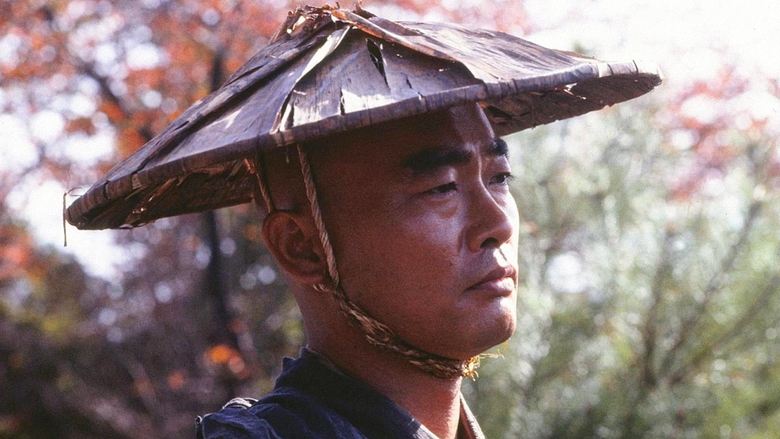Ko ta maatau whare pikitia me to wharepukapuka whakaataata ka taea noa te rere, te tango mai ranei ma nga mema anake
Me matakitaki tonu mo te FREE ➞He iti ake te waa 1 meneti ki te Haina Mai ka pai ai ki a koe te koa ki nga Kiriata Mutunga & Taitara TV.

親鸞 白い道 (1987)
In the 12th century, Buddhism was still a relatively new religion in Japan. At that time, one school (Shingon) offered extensive training in complex and very demanding practices which might eventually bring about spiritual purification and realization. Various Zen schools offered students a lengthy path, literally composed of a blank wall and unceasing meditation. Yet another school (Tendai) emphasized complex metaphysics and the study of philosophical systems. Basically, all of them were designed to cater to the few who were able to give up everything else in their lives and focus on liberation, such as scholars and noblemen. In this historical and biographical drama, this is the situation that the young Shinran (1173-1263) discovered when he began exploring Buddhism as an alternative to the violence and ceaseless civil wars that racked Japan at the time.
Momo: Drama
Maka: Junkyu Moriyama, Michiyo Yasuda, Ako, Izumi Hara, Guts Ishimatsu, Hanshiro Iwai
Kaimahi: Rentaro Mikuni (Director), Rentaro Mikuni (Screenplay), Den Fujita (Screenplay), Yoshihiro Yamazaki (Cinematography), Yas-Kaz (Original Music Composer)
Subtitle:
![]()
![]()
![]()
![]()
![]()
![]()
![]() ETC.
ETC.
Tuku: Jun 02, 1987
Rongonui: 2.33
Reo: 日本語
Studio: Kinema Tokyo Company Ltd., Nichiei, Shochiku
Whenua: Japan

